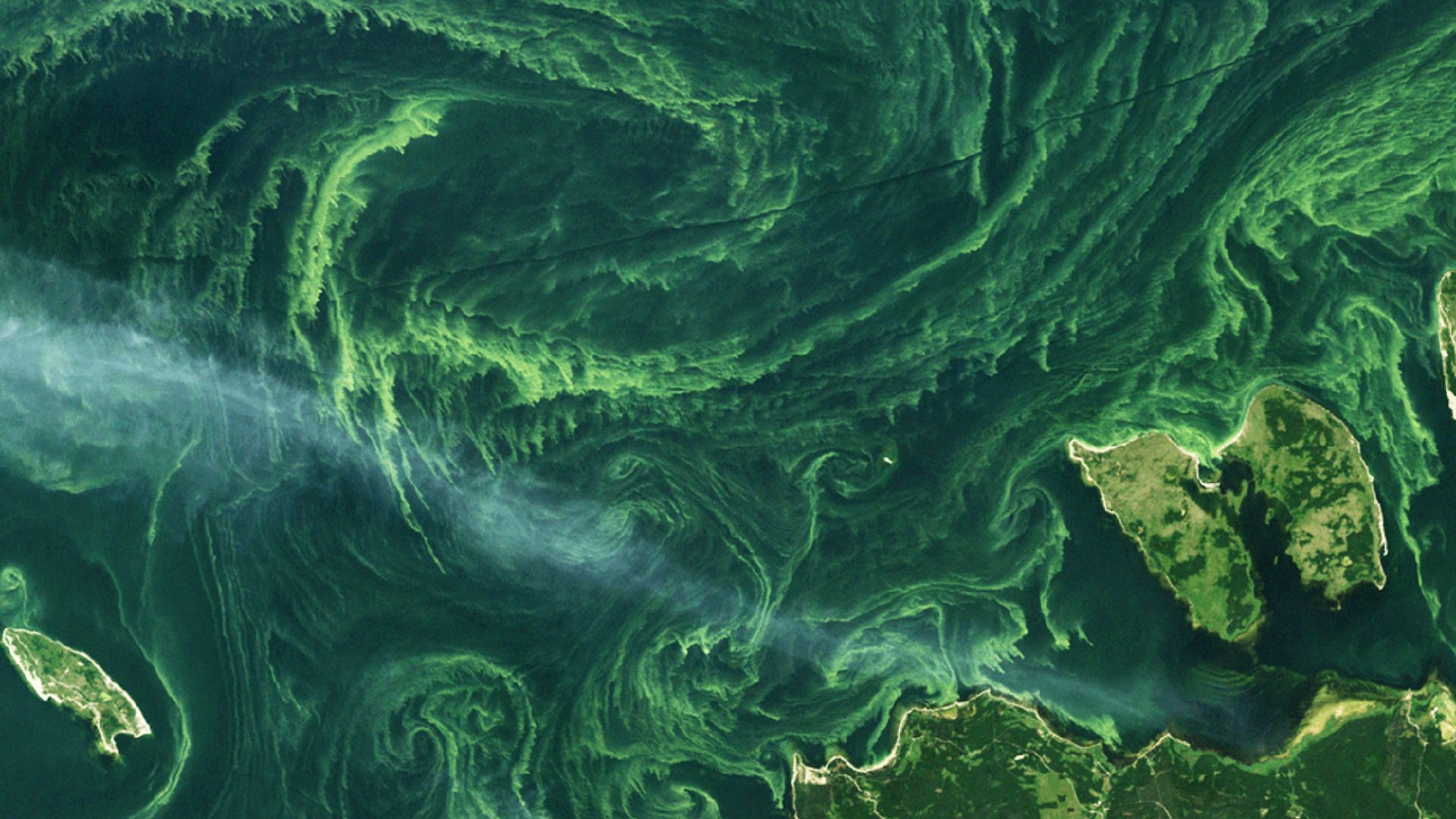Plankton ('floater' in Greek) is a collective name for aquatic organisms that can’t swim actively against the current. Most planktonic organisms are of microscopic size, and there are a lot of them. Plankton, therefore, is at the base of the food web of all sea life.
Plankton ('floater' in Greek) is a collective name for aquatic organisms that can’t swim actively against the current. Most planktonic organisms are of microscopic size, and there are a lot of them. Plankton, therefore, is at the base of the food web of all sea life.
Plant power
There are roughly two kinds of plankton: phyto- and zooplankton. Phytoplankton mainly consists of micro-algae, cyanobacteria, diatoms and dinoflagellates. These are all plant-like organisms that need sunlight to be able to grow (photosynthesis), just like your houseplant. They use CO2 as their main source of nutrition. What’s more, phytoplankton is one of the most important CO2-fixers on earth. This is due to the enormous amount of phytoplankton that live in the oceans, which covers 70% of the earth’s surface. Phytoplankton is well-known for growing so fast that it can be seen from space as a giant colored cloud in the ocean.
Grazing on micro-scale
Animal-like plankton is called zooplankton. Some organisms, like Radiolaria and Copepods, stay in the zooplankton stage their whole life. These organisms are called holoplankton. Jellyfish also belong to this group. Despite their bigger size, they are not capable of swimming against the current. Meroplankton is the name for organisms that are only (zoo)plankton for some stages of their life. Sea urchins for example. Sea urchin larvae float in surface waters as plankton, but later on they sink to the bottom of the ocean and grow larger.

